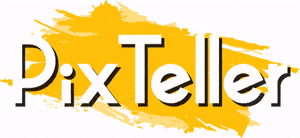Why YouTube Ads Should Be Part of Every Brand’s Marketing Mix
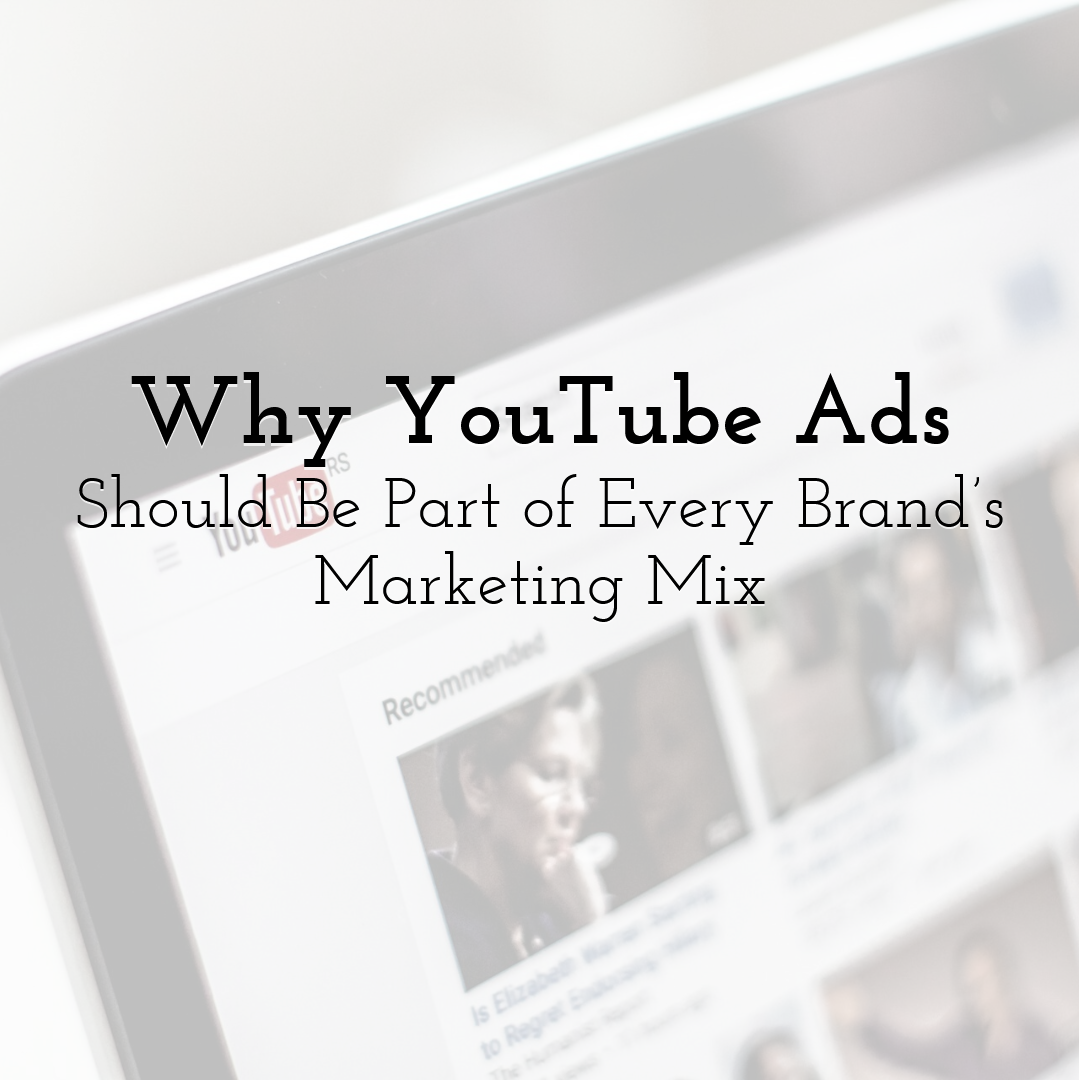
Video has emerged as the most compelling medium for capturing consumer attention. The modern audience is increasingly accustomed to consuming information and entertainment in dynamic, visual formats rather than static text. YouTube, the second most visited website globally, has become a cultural force that shapes how people discover, research, and buy products. As streaming overtakes traditional television, brands cannot afford to disregard the scale and reach that YouTube offers in the realm of video advertising.
In recent years, YouTube has invested heavily in tools that make advertising more targeted and measurable. Unlike conventional broadcast spots, YouTube ads can be customized by audience demographics, interests, and even past behaviors, making campaigns significantly more relevant to viewers. This high degree of personalization allows brands to optimize their messaging and adapt the content in real-time, ensuring dollars are spent efficiently and effectively.
The combination of vast audience reach and precise targeting positions YouTube as a unique marketing channel. Brands can leverage this platform not only to raise awareness but also to nurture leads and drive conversions. As more consumers rely on video content to make informed purchasing decisions, the case for integrating YouTube ads into a brand’s marketing strategy becomes increasingly persuasive.
Unmatched Audience Targeting Capabilities
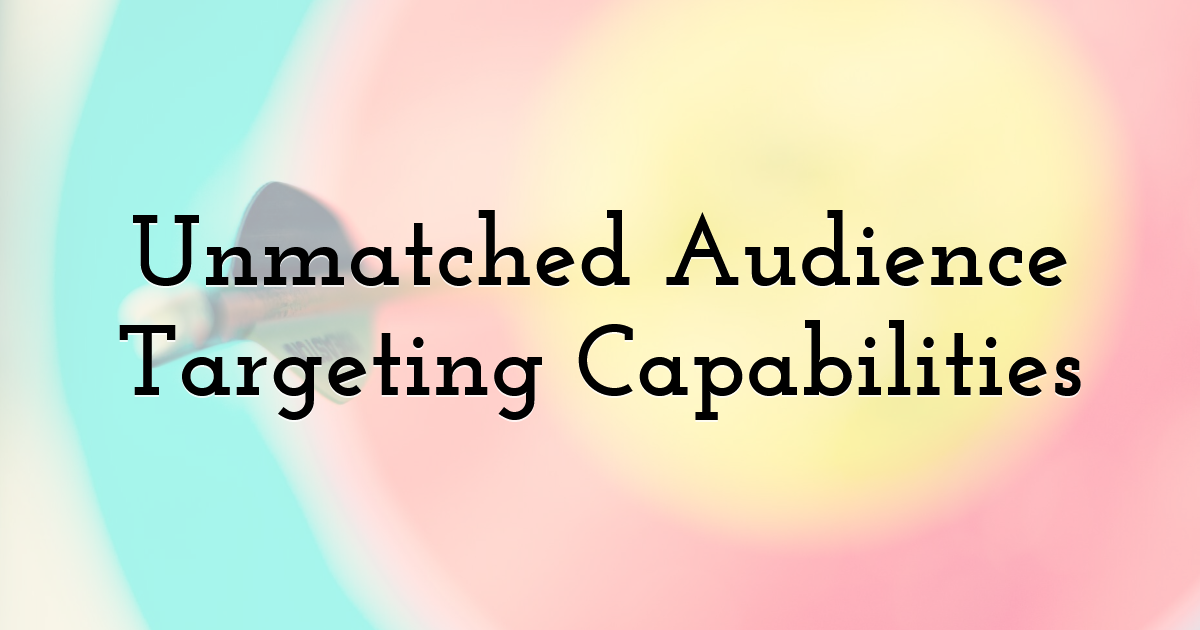
One of the most compelling advantages of YouTube advertising is its sophisticated targeting capabilities. Brands are no longer limited to broad categories or generic audience segments. Instead, advertisers can drill down into granular behavioral data, identifying and reaching people based on their search history, viewing habits, or interactions with similar products. This level of precision ensures that marketing budgets are directed toward users with the highest propensity to engage and convert.
Beyond demographic and behavioral targeting, YouTube also offers contextual placements that match ads with relevant video content. For example, a skincare brand can have its video ad displayed before tutorials about skincare routines or reviews of beauty products. This contextual relevance not only improves engagement but also positions the brand within a credible environment where viewers are already interested in related topics.
Moreover, YouTube’s machine learning algorithms continually refine targeting over time. As campaigns generate data, the platform identifies patterns and optimizes delivery to those most likely to respond positively. This adaptive learning creates a feedback loop where each campaign becomes more innovative and more efficient, ultimately driving better results for advertisers.
The Power of Storytelling and Brand Credibility
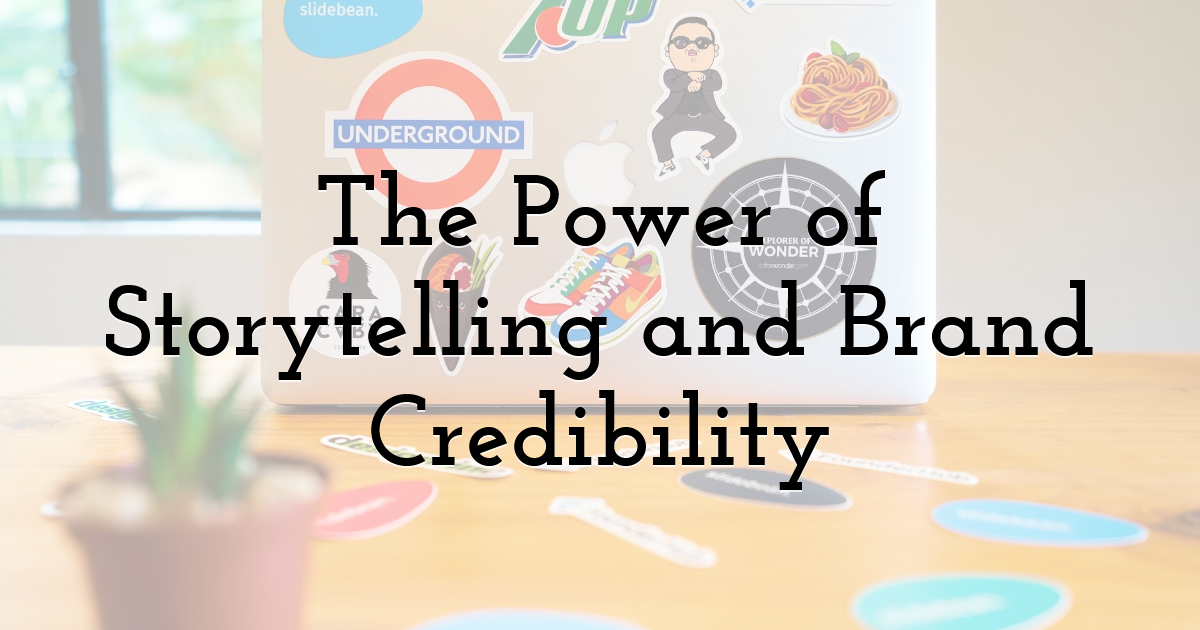
Storytelling remains one of the most influential elements in effective marketing, and video is the ideal medium to bring stories to life. YouTube ads provide a canvas for brands to convey narratives that resonate emotionally and intellectually with their audience. Unlike static display banners or short social clips, YouTube videos can unfold over several minutes, allowing space to explain, entertain, and persuade.
Partnering with experienced creative agencies such as Videolab, which specializes in high-converting video content across multiple platforms, can help brands craft more compelling stories on YouTube to build credibility and drive measurable results. By combining professional production values with authentic storytelling, you can create content that stands out and earns trust. This is especially important in categories where consumers expect transparency and clear proof of product quality before making a purchase.
A compelling story can transform a casual viewer into a loyal customer. Well-crafted YouTube ads can highlight a brand’s purpose, showcase product benefits, and feature testimonials that strengthen authenticity. When audiences feel a personal connection to a narrative, they are far more inclined to take action, whether that means exploring a website, signing up for a newsletter, or completing a purchase.
Integration with the Broader Marketing Ecosystem
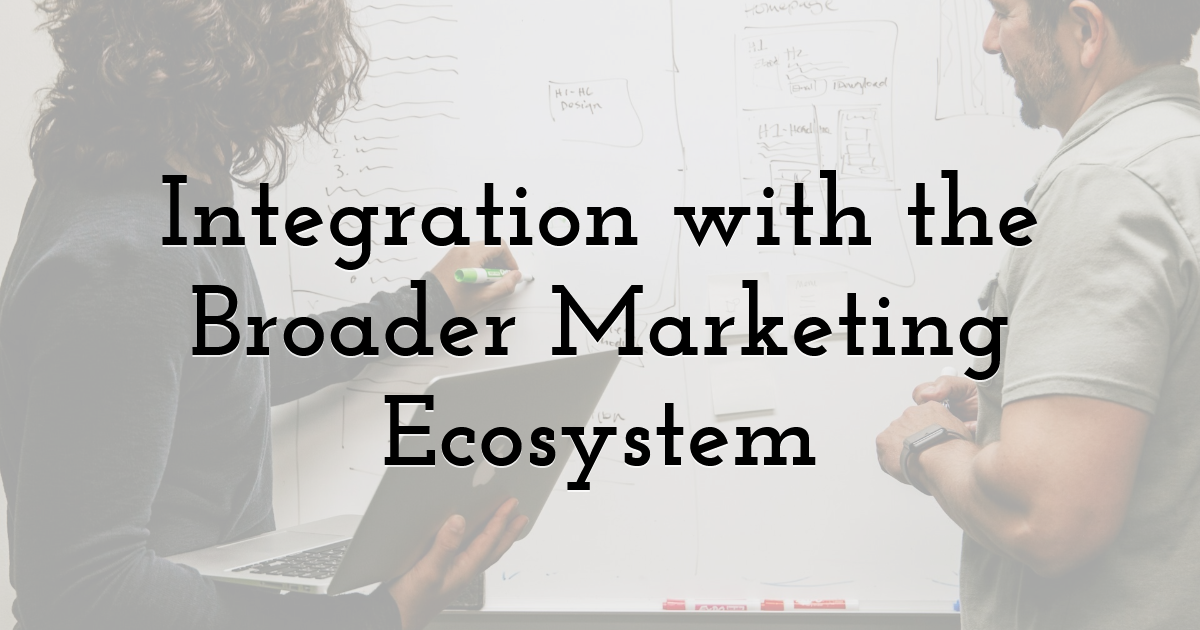
YouTube advertising does not exist in isolation. Instead, it integrates seamlessly with other digital marketing channels, forming a cohesive strategy that moves prospects through the buyer’s journey. Brands can synchronize YouTube campaigns with search advertising, remarketing efforts, and social media outreach to create a unified experience that reinforces messaging across touchpoints.
For example, a user who watches a product demonstration on YouTube may later see a display ad while browsing their favorite websites or encounter a special promotion in their email inbox. This repetition strengthens brand recall and nurtures interest over time. By using YouTube in conjunction with other platforms, marketers can guide consumers through awareness, consideration, and, ultimately, conversion.
The platform’s robust analytics also make it easier to attribute performance within the larger marketing mix. Brands can measure how YouTube impressions contribute to downstream actions, such as website visits or completed purchases, and adjust their media spending accordingly. This transparency provides confidence that investments in video advertising are delivering measurable returns.
Performance Measurement and Optimization

One of the hallmarks of YouTube advertising is its accountability. Unlike traditional media buys that often rely on broad estimates, YouTube offers precise metrics that show how campaigns are performing in real-time. Advertisers can track impressions, view-through rates, engagement metrics, and conversion events, allowing for data-driven decision-making.
This depth of insight is invaluable for optimization. Marketers can experiment with different creative variations, test targeting strategies, and tweak bidding models to see what resonates most with their audience. By continually refining campaigns based on performance data, brands can improve efficiency and drive stronger outcomes over time.
Furthermore, YouTube’s integration with Google’s advertising ecosystem ensures that performance insights can be connected with other marketing activities. Whether the goal is to build awareness or drive sales, marketers can see how YouTube contributes to each stage of the funnel and calibrate campaigns to maximize impact.
Cost Efficiency and Flexible Budgeting

Contrary to the perception that video advertising requires large budgets, YouTube offers flexible options that suit organizations of all sizes. Brands can set daily or lifetime budgets and choose from bidding strategies that align with their objectives, such as maximizing views, driving clicks, or generating conversions. This flexibility empowers marketers to scale campaigns up or down as needed.
YouTube’s auction-based pricing model also encourages efficiency. Advertisers pay only when their ads are viewed or when users engage in specific actions, such as clicking on a call-to-action overlay. This performance-based approach ensures that marketing dollars are spent on meaningful interactions rather than passive impressions.
Additionally, the ability to test campaigns with modest investments before committing larger sums is a significant advantage. Brands can validate creative concepts, refine targeting parameters, and measure performance without the risk of overcommitting resources. This iterative approach to budgeting fosters confidence and helps brands allocate funds where they are most effective.
Future-Proofing Your Brand’s Digital Presence
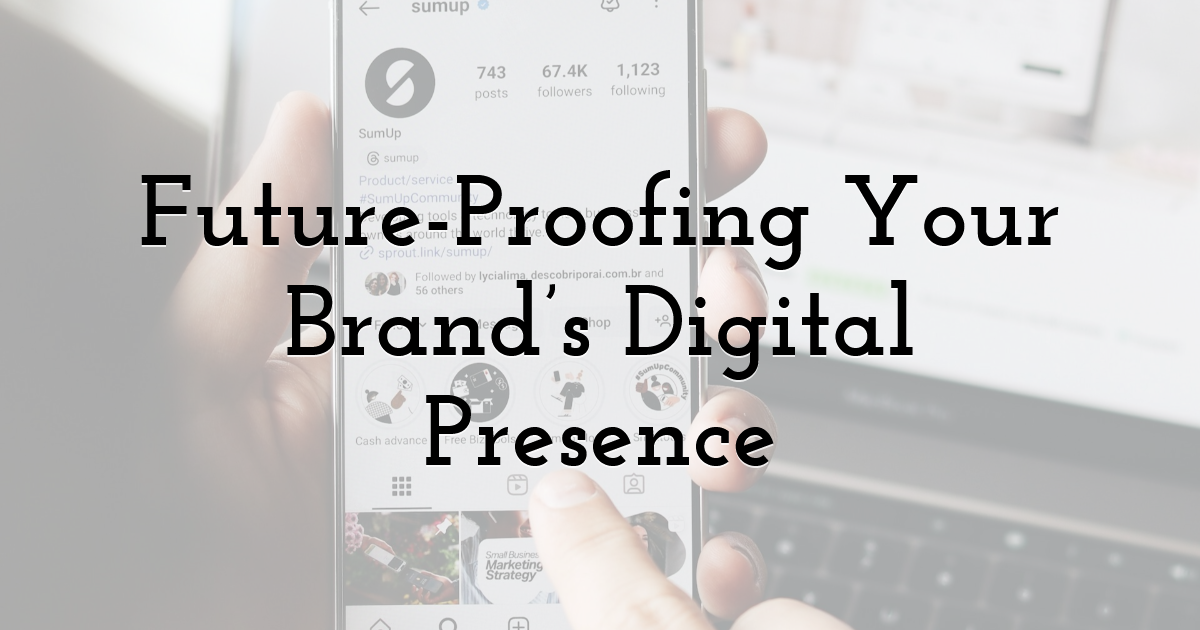
As digital consumption habits continue to evolve, brands that embrace YouTube advertising are positioning themselves for long-term success. Younger generations, in particular, rely on video platforms as primary sources of information and entertainment. Failing to establish a presence on YouTube risks missing out on a significant portion of future consumers who expect brands to communicate through engaging video content.
Emerging technologies, such as shoppable video ads and interactive experiences, are transforming YouTube into a platform where consumers can not only discover products but also transact without leaving the app. These innovations further blur the line between content and commerce, offering brands new opportunities to drive conversions in an environment where audiences are already highly engaged.
Investing in YouTube today is not just about immediate gains. It is about laying the groundwork for sustained visibility and relevance in an increasingly video-first landscape. Brands that build their capabilities and refine their strategies now will be better equipped to adapt to new formats, platforms, and consumer expectations in the years ahead.
Until next time, Be creative! - Pix'sTory
Recommended posts
-
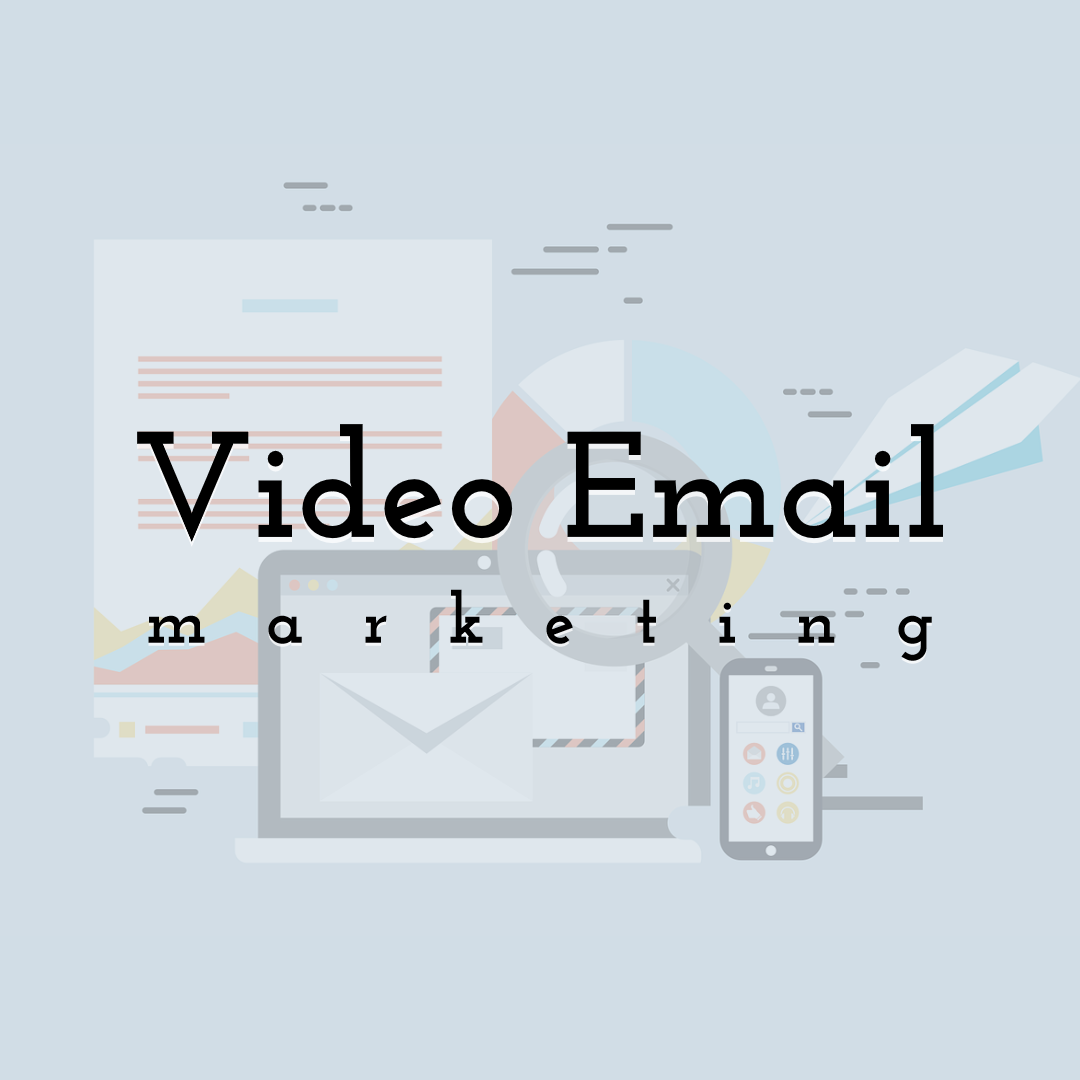
Video Email Marketing - How to Do It and Why You Need It
Read More › -

How Great Images Can be the Secret to Improving Your Website's Ranking
Read More › -
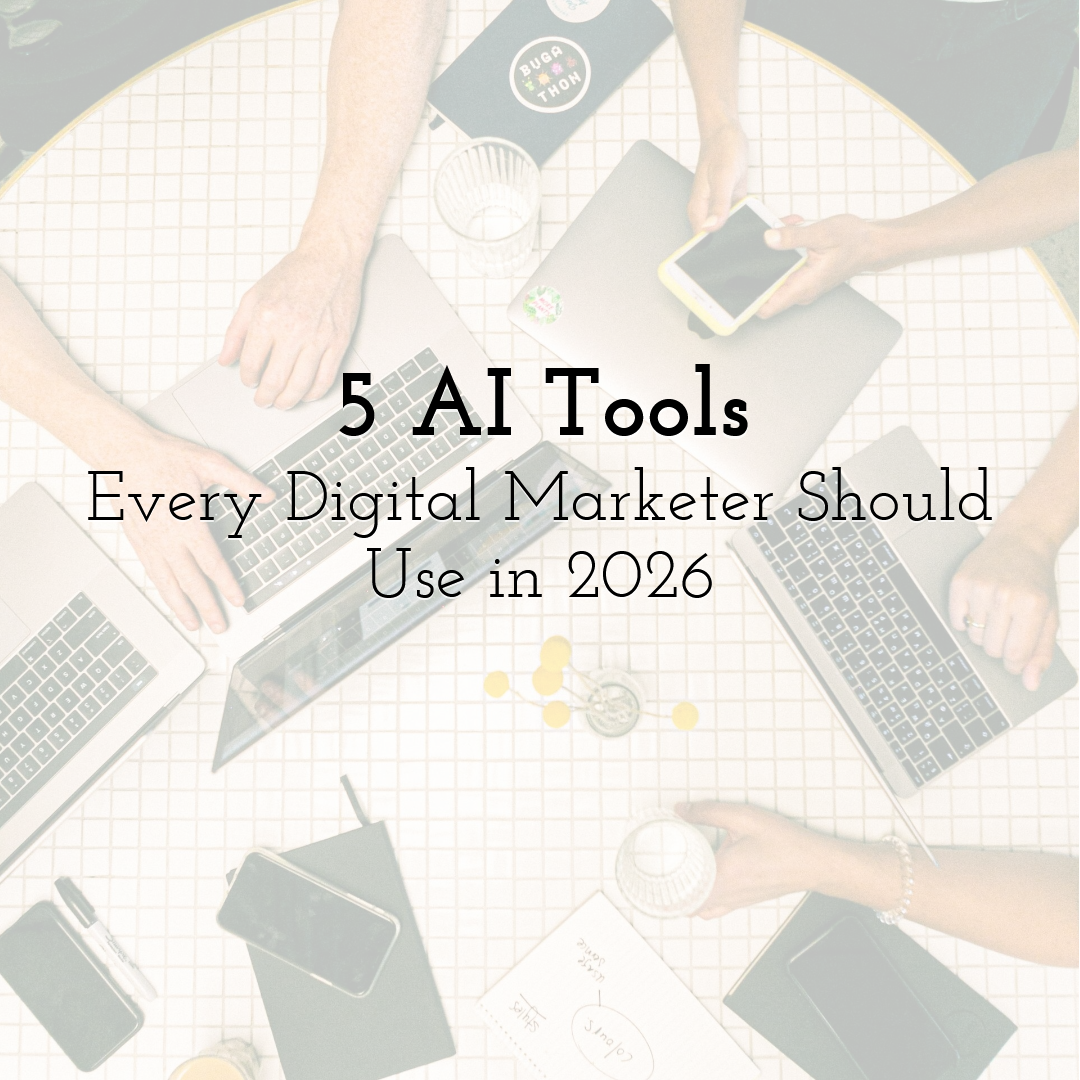
5 AI Tools Every Digital Marketer Should Use in 2026
Read More › -
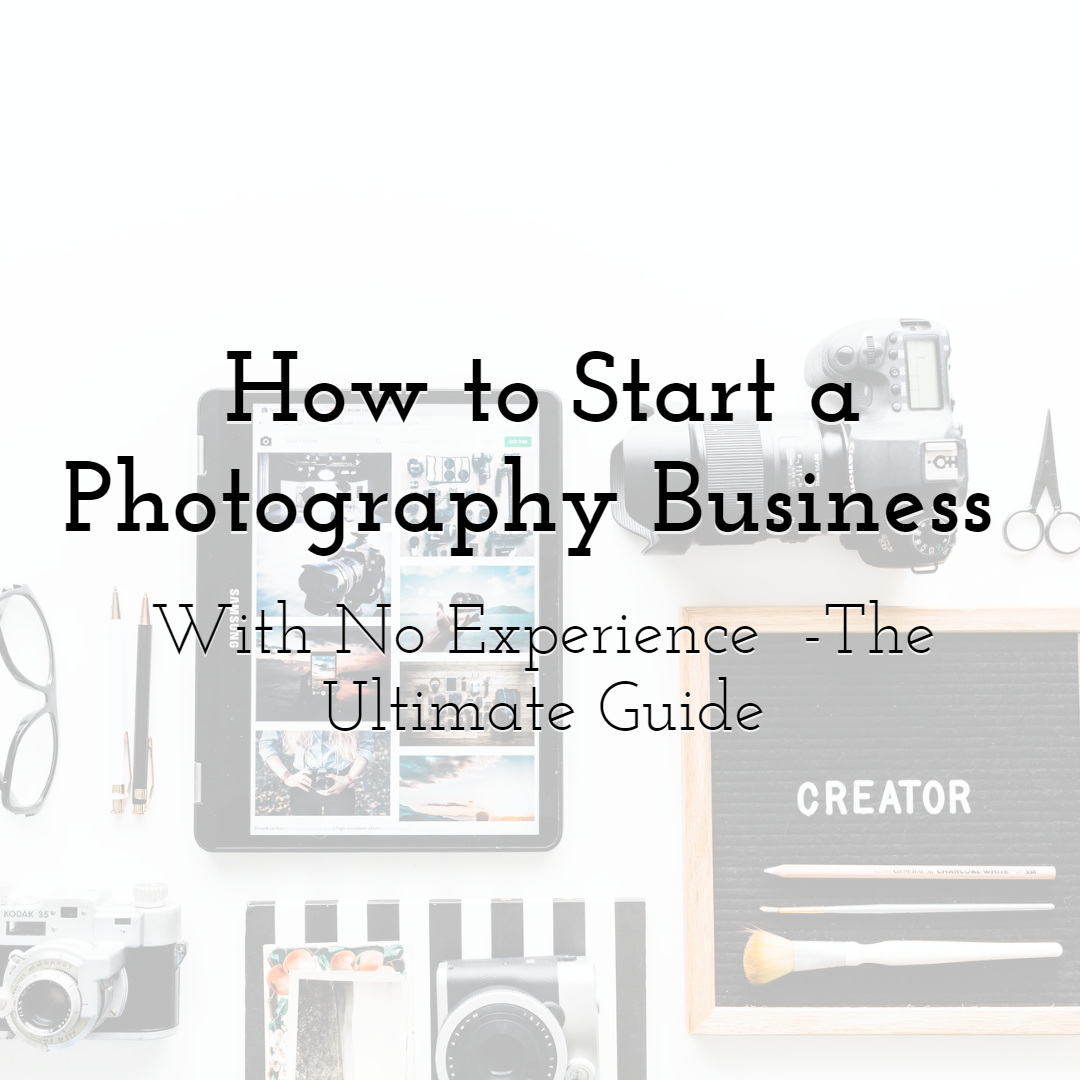
How to Start a Photography Business With No Experience - The Ultimate Gui...
Read More › -

How to Make Your Visual Identity Stand Out with Better Illustration
Read More › -
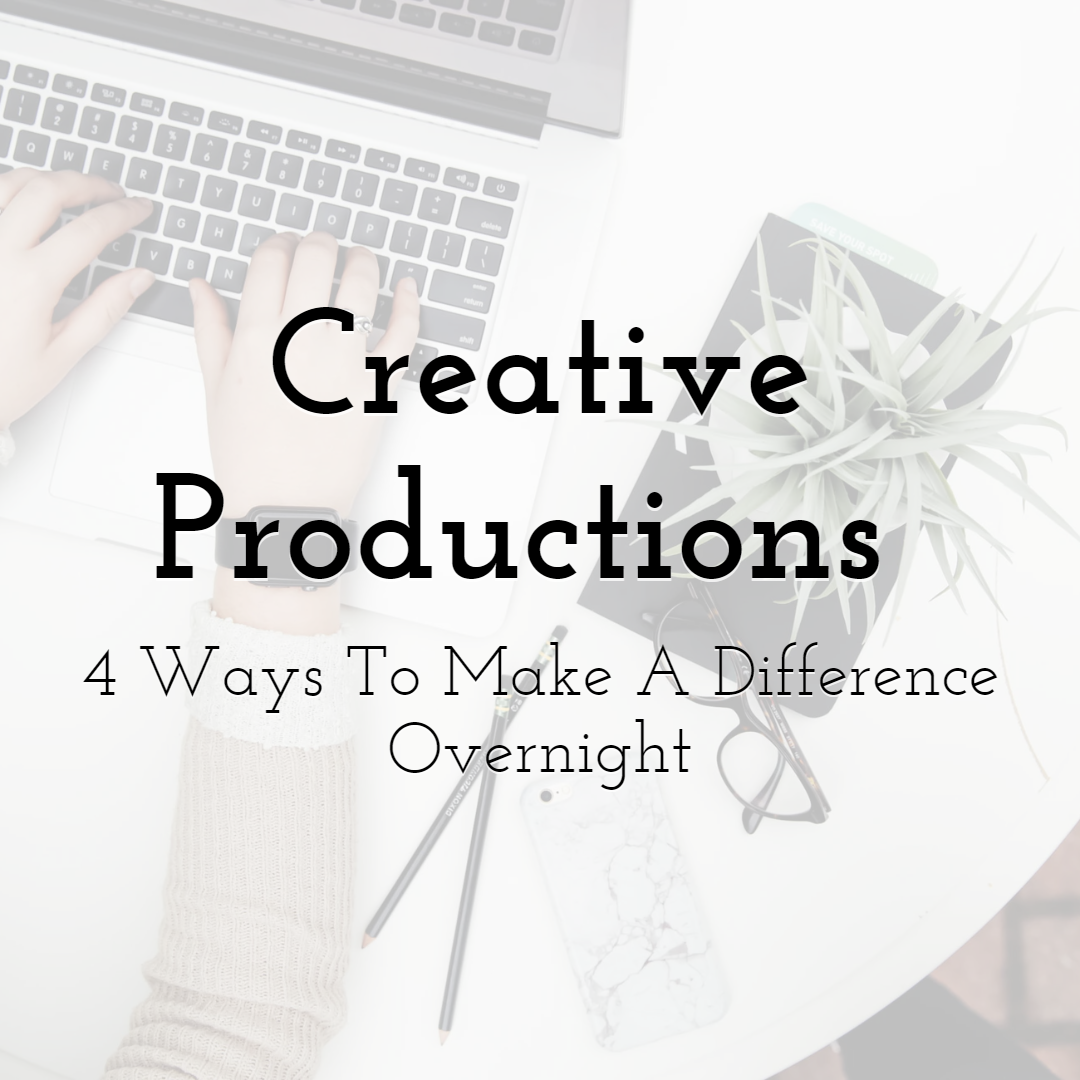
4 Ways to Make a Difference to Your Creative Productions Overnight
Read More ›
